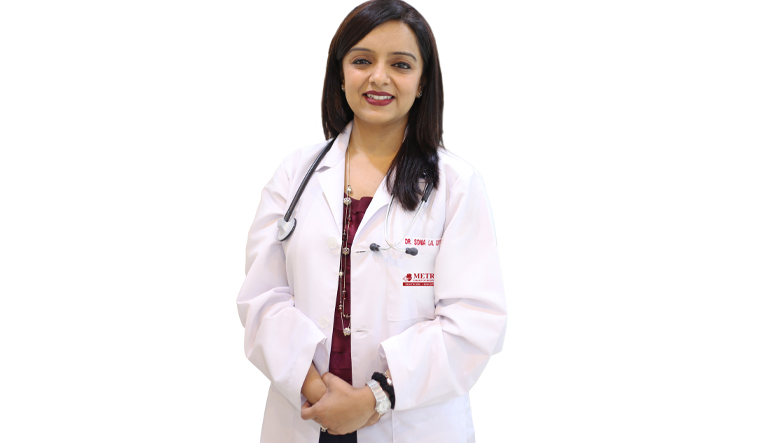Dr. Sonia Lal Gupta, a US-trained and board-certified neurologist specializing in Headache Medicine and Vascular Neurology, is a Visiting Professor at New York Medical College. She was awarded the “Neurologist of the Year”at the India Health and Wellness Summit by the Union Health Minister & recently recognized in Times of India’s 謘Under 40 Leaders”and LWL’s 謇Rising Stars,”she continues to make significant strides in neurology and healthcare management.
Every second, 100 billion neurons in our brains send 5-50 signals each, creating the connections that shape our identity and life story. But when a stroke occurs, that story is irrevocably altered.
A stroke, also known as a “brain attack,”is a serious condition where blood flow to the brain is blocked. This cuts off oxygen and nutrients, causing brain cells to die quickly. Every second of delay leads to millions of neurons or “brain cells”dying. If not treated right away, the damage can be permanent. In India, over 1.5 million people suffer from strokes each year. The rising number of cases is due to factors like high blood pressure, diabetes, smoking, an aging population and urbanization.
Types of Stroke:
1. Ischemic Stroke: About 80% of strokes are ischemic. It happens when a blood clot blocks a vessel supplying blood to the brain.
2. Hemorrhagic Stroke: This occurs when a weakened blood vessel bursts and bleeds into the brain.
3. Transient Ischemic Attack (TIA): TIAs or “mini strokes”are brief episodes where blood flow to the brain is temporarily blocked and has symptoms similar to stroke. TIA’s usually last for a few minutes to upto an hour. They could be a warning sign with 1 in 3 people eventually developing a stroke within an year of a TIA.
Symptoms:
Recognizing stroke symptoms quickly is crucial. Look for sudden weakness or numbness in the face, arm, or leg (especially on one side), difficulty speaking or understanding speech, confusion, dizziness, severe headache with no clear cause, and vision problems in one or both eyes.
The acronym FAST (Face drooping, Arm weakness, Speech difficulty, Time to call emergency services) can help remember these signs.
Treatment and Rehabilitation:
Immediate medical care is vital. A Computed Tomography (CT) scan helps determine whether the stroke is ischemic or hemorrhagic.
For Ischemic strokes, medications given intravenously can help dissolve the clot and restore blood flow. Sometimes, a procedure called mechanical thrombectomy is used to remove the clot. These treatment options are only possible if one gets to the hospital within a couple of hours of onset of symptoms.
Hemorrhagic strokes might need surgery to evacuate the blood and stop the bleeding.
Rehabilitation, including physical, occupational, and speech therapy, is essential for recovery for either of the strokes.
Preventive Strategies:
Many stroke risks can be reduced with lifestyle changes and practicing following preventive measure regularly:
Eating a healthy diet with fruits, vegetables and whole grains.
Exercising regularly and maintaining a healthy weight.
Limiting alcohol, quitting smoking.
Managing conditions like high blood pressure and diabetes.
Apart from these, increasing awareness of stroke symptoms and the importance of quick medical response can also help in lowering the stroke- related disability and death rates.
Stroke has been a leading cause of disability and death worldwide, but with timely intervention and preventive strategies, many of its devastating consequences can be mitigated. By understanding the risk factors, recognizing the symptoms, and advocating for better access to stroke care, we can work towards reducing the impact of stroke on individuals, families, and communities, both in India and globally.
Some of the common risk factors for stroke include:
•High blood pressure
•Diabetes
•High cholesterol
•Smoking
•Obesity
•Lack of exercise
•Heavy alcohol use
•Family history of stroke or heart disease
•Urban issues like air pollution and stress also increase stroke risk


